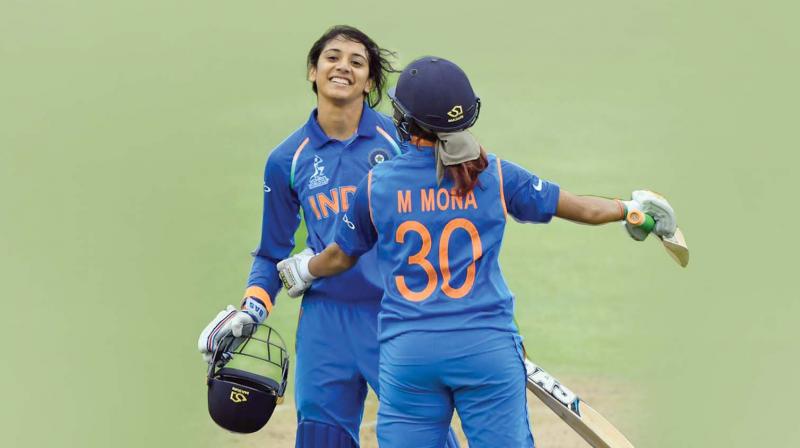50 overs too many?

As team India has been shining with their spectacular performances at the Women’s Cricket World Cup in England and we are finally seeing increased acceptance among sports enthusiasts, a certain controversy has stolen the thunder from the wonder women who are fighting it out to win the cup. A few days ago, former Pakistan coach and captain Waqar Younis tweeted out to the International Cricket Council, requesting them to consider having 30-over ODIs for women. “I feel 50 overs r few 2 many,” he tweeted. Although, he was quick to add that he meant it in a way that lesser overs means faster pace of game, which would make the match more attractive for more crowds to come in. He also compared it to tennis, which follows a similar format during grand slams — where the women play best-of-three-sets matches compared to five that the men play.
While most called out his views as plain sexist, a few also agreed with them. We spoke to former players, coaches and sports analysts for their views on whether there must be a difference in sports between men and women, to level the field of play, or if such remarks simply sexist. Purnima Rau, former captain and ex-coach of the women’s team dismisses Younis’ request as one that lacks introspection. “He should check the statistics, and watch the telecast of a few matches. If the England and South Africa women’s teams could achieve a combined total of 678 runs, it shows their power. Other than a slightly smaller boundary and a different size of ball, there is no difference between the men’s and women’s teams. It’s all in the mindset that people think women’s cricket is not interesting, and that too, will change after this World Cup,” she says.
Former Indian player Sadagopan Ramesh says he agrees with Younis on some level. “Reducing number of overs to get more attention to the game is a tried and tested way, and that’s how we got the T20 games. Honestly, it’s physically demanding for anyone to play a 50-over game,” he says, adding, “We have to decide how to present the game. The audience want the match to be action packed and entertaining, whereas 50 overs means more opportunity and time for players to be on the field and display their talent. But the fact remains that, audience is losing their patience with the current ODI format. So, 30-over games can be tried for the women’s team to get much needed attention.”
When asked if the same can be done for men’s cricket as well, Ramesh replies, “While I’m not trying to generalise, the fact is that men can keep the pace for 50 overs, and 300 plus totals are becoming very common. If the women’s team can also be consistent that way, it would be great.” Former Indian Test cricketer Balwinder Sandhu, though, disagrees to the statement saying, “We don’t need such drastic changes to the game just to satisfy the audience. Then one day, we will be left with five-over matches. Women’s cricket, at this moment, is where men’s cricket was in the 70s. All they need is a good tournament win to bring in the popularity, and it seems very likely with this World Cup. We have great players, who are masters of game, and all they need is a 1983 to happen to them!”
Sumanth C Raman, sports commentator and analyst opines, “I do not agree with his (Younis) requests. Cricket, whether played by men or women, has the same kind of strategies and tactics. Why should there be any major change as such? Even if we talk about attracting audiences, like he said, TRPs are much higher for this World Cup, compared to the previous one. We recognise more players, many are following the tournament. We cannot expect a magical change overnight, but it is slowly happening.” While opinions do differ, it’s an undeniable fact that women’s cricket is finally seeing the beginning of a change, and we hope the change is here to stay.

